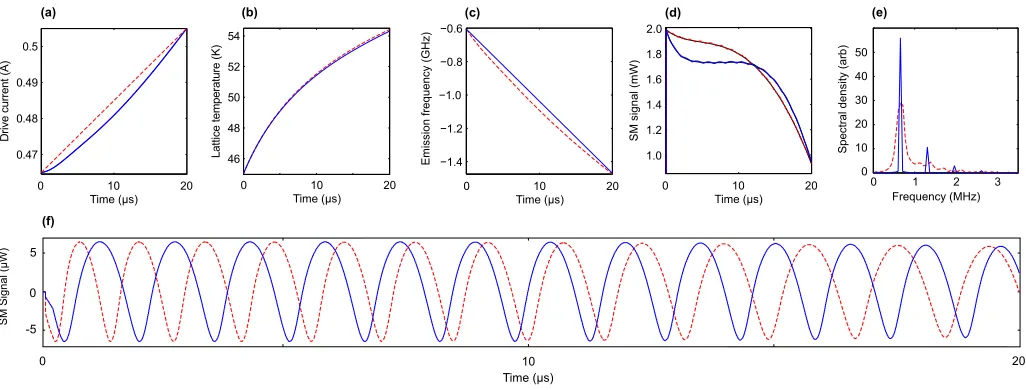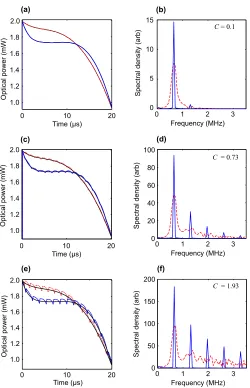Frequency Tuning Range Control in Pulsed Terahertz Quantum Cascade Lasers: Applications in Interferometry
Full text
Figure




Related documents
are analyzed and compared to corresponding aspects of another system, with the aim of improving both systems. In this article, the environmental regulation system, primarily
climate change; global warming; Odonata; temperature; phenology; biological records; population dynamics; flight period; life-history;
In this study, a significant correlation was obtained between disease duration increased and hearing threshold increased in RA group.. This showed that the longer
that better use is nade of the results of public research, both nati'onal and comunity, and to speed up technology transfer and the spread of
— Branches 75 (Market services of education and re search), 77 (Market services of health) and 93 (Domestic services and other non-market services n.e.c.) are grouped with branch
By the 1920s the law regarding administrative procedures had stabilized. Although there was no “general” administrative law, but merely statutes dealing with individual agencies or
In particular, on the basis of prescriptions given by the American code AISI S213 for CFS structures and those provided by Eurocodes for traditional concentrically braced
In this work the atomistic semiempirical pseudopoten- tial approach is used to provide an accurate theoretical determination of (i) the lifetime for the electron relax- ation, via
